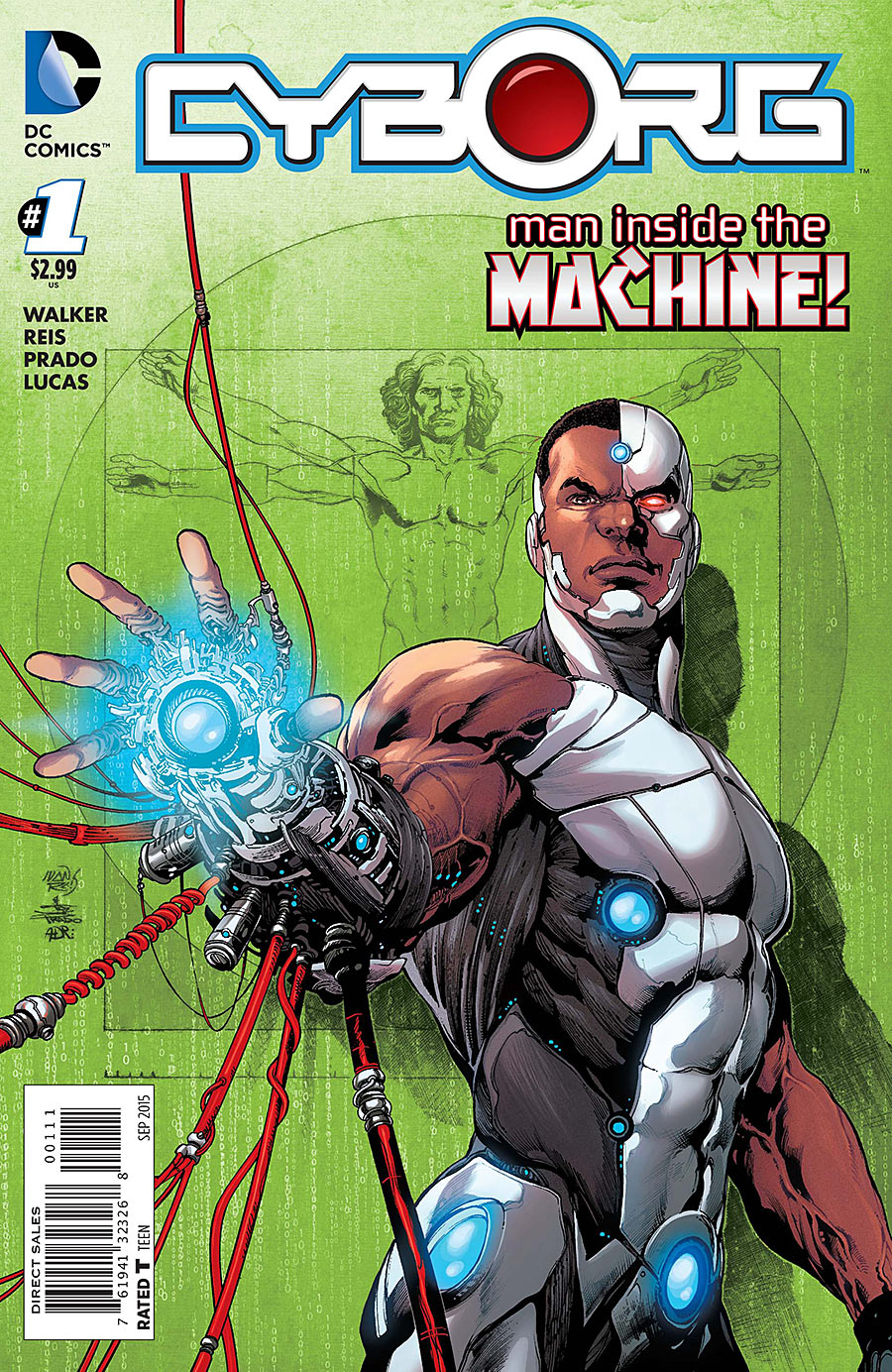Technology and Design
An exciting technological innovation that applies to design is the use of design softwares like the adobe creative suite being brought to tablet and mobile interfaces; or applications like procreate being specifically designed for mobile use, offering no computer versions. This week we looked at the transition of media from physical to digital and how that impacted art and design, the role that the computer system played in the industry and the amount of creative liberty the individual had gained with this new technology. These expensive softwares also required machines and components that enabled above average performance from the computer to be able to efficiently use the programs and navigate the user interface. Today these softwares like photoshop, illustrator, procreate, and even 3D modeling softwares are being brought to mobile and tabled applications; opening up a whole new demographic of users and creators. Individuals who previously could not access creative softwares because of how difficult it was to obtain (a working version of the software and legally speaking.) Creative softwares are now much more widely accessible to a broader demographic of users; the increase in the number of individuals who create art and media to publish online or for personal use and not professional or commercial can contribute to a more culturally rich society. I can see the difficulty in bringing robust, high performance softwares like the adobe programs to mobile interfaces is difficult and requires a strong enough device to be able to operate efficiently but it can certainly be argued that the status-quo of design softwares are still not easily accessible and often require financial investment making progression difficult for students and emerging artists that might not be able to afford luxuries like a adobe subscription or a device that can even operate it. The constant innovation of technology and its applications will continue to shape the way we create and consume media. Creative softwares being optimized for mobile and tablet application is a positive change for the design industry by making the tools to create art and design more accessible to a wider demographic of users. Besides making the technology and programs less expensive, I am interested to see how creative tools can become even more accessible and how it will influence culture.





